Cobalt deposits including stratiform sediment-hosted Cu-Co deposits, Ni-Co laterite deposits, magmatic Ni-Cu-Co-PGM sulphide deposits, and hydrothermal Co deposits. And the cobalt mining steps mainly include exploration, assessment, design plans, extraction, processing, and reclamation. In this article, we will introduce their details.
Global Cobalt Resources Overview
In the development of global terrestrial cobalt deposits, resources are mainly concentrated in four major types of deposits: sedimentary, magmatic, hydrothermal, and weathered deposits.
1. Sedimentary Sediment-hosted Copper-cobalt Deposit
- Accounts for more than 40% of global continental cobalt resources, and production exceeds 60%.
- The core production area is the Zambia-Congo (DRC) copper-cobalt mineral belt in Central Africa.
- The main cobalt-containing minerals are pyro-cobaltite and pyro-cobaltite.
- CMOC’s Tenke Fungurume in the Democratic Republic of the Congo is a typical sedimentary mining area, characterized by large reserves, high grade, and good ore selectivity.
2. Nickel-cobalt Laterite Deposit
- Accounts for about 36% of all terrestrial cobalt resources, and accounts for about 10% of global production.
- The deposit is characterized by large scale, shallow burial, and easy exploration and mining.
- Cobalt-rich minerals mainly include cobalt earth minerals and cobalt-containing iron hydroxides.
- Representative deposits include Murrin Murrin in Australia and Moa Bay in Cuba.
3. Magmatic Copper-nickel-cobalt Sulphide Deposits
- Accounts for about 15% of global continental cobalt resources.
- The degree of mineral deposit exploration and development is high, the technology is mature, and the mining cost is relatively low.
- China’s Jinchuan deposit is a representative of magmatic cobalt deposits.
4. Hydrothermal Cobalt Deposits
- Globally distributed, mainly small and medium-sized, with fewer large deposits.
- The main minerals are skutterudite, arsenocobaltite and orthorhombic cobaltite.
- High grade and good ore selectability.
- The Bou Azzer deposit in Morocco is the world’s only large-scale cobalt-based deposit, accounting for 2% of the world’s cobalt production.
In addition, craton refers to ancient stable continental blocks, such as the North China Craton, the Sarmatian Craton, the Amazon Craton, the Capvar Craton, the North American Craton, and the Gavle Craton, widely distributed worldwide.
The distribution of global cobalt resources is rich and diverse. Central African sedimentary mineral belts and other representative deposits are the main sources of global cobalt resources and are of great significance for future cobalt exploration and development.
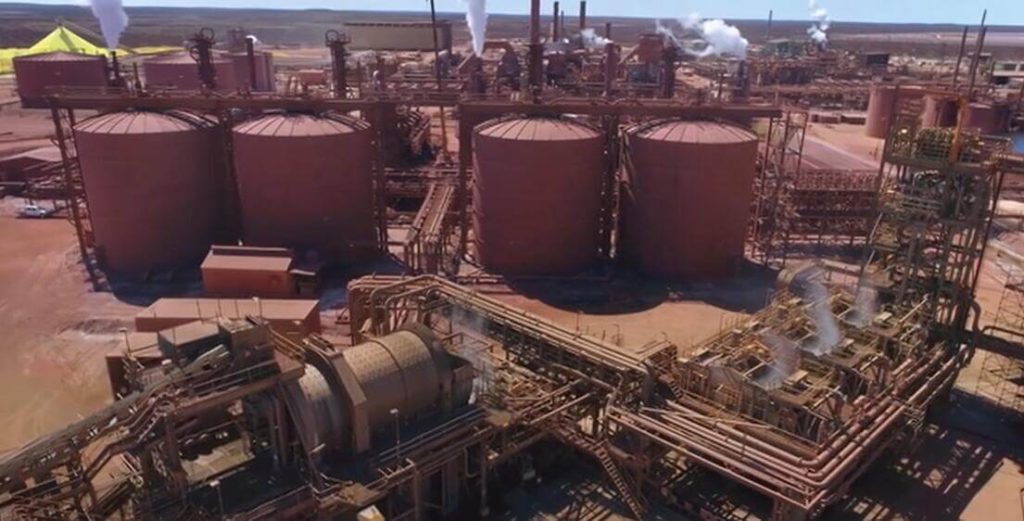
How to Mining Cobalt?
Mining cobalt involves several main steps, which typically include exploration, assessment, design plans, extraction, processing, and reclamation.
Exploration
Before developing a cobalt deposit, do a detailed exploration work to determine the location, size, and grade of the deposit. The exploration work may include geological surveys, geophysical surveys, geochemical analysis, and drilling.
Mineral Deposit Assessment
After exploration is completed, the deposit is evaluated to determine its economic feasibility. It includes assessing ore grades, predicting mining costs, developing mining plans, and conducting environmental and social impact assessments.
Design Mine and Mining Plans
Based on exploration and evaluation results, mine and mining plans are designed. It involves determining mining methods, mining depths, mining equipment, ore handling processes, and safety measures.
Extraction
Mining can be done by two main methods: open pit mining or underground mining.
- Open-pit mining is suitable for shallow ore bodies, and the ore is mined from the surface through equipment such as blasting and loaders.
- Underground mining is suitable for situations where the ore body is relatively deep. The ore is mined from the ground by digging mine shafts, using tunnels and roadways, etc.
Ore Processing
After mining, the ore needs to be processed to extract the cobalt and other valuable metals within it. Ore processing processes typically include steps such as crushing, grinding, flotation, and smelting to separate and purify target metals.
Cobalt Ore Beneficiation Crushing & Grinding Process
In the production process of the mineral processing plant, the energy consumption of crushing and grinding usually accounts for about 40% to 60% of the total energy consumption, and the cost of crushing and grinding operations usually accounts for more than 50% of the total cost of mineral processing. Therefore, if you want to reduce energy consumption in this link, the mineral processing plant can adopt the method of more crushing and less grinding. According to the different properties of cobalt ore, copper-cobalt ore beneficiation equipment generally adopts a two-stage crushing and screening-three-stage grinding and classification process. If the oxidation rate in copper-cobalt minerals is high, the semi-autogenous grinding (i.e. semi-autogenous grinding + ball grinding) process solution can be used.
The copper and cobalt ore beneficiation equipment used in this stage mainly includes crushers, belt conveyors, vibrating screens, ball mills, and classifiers.
- Crusher: jaw crusher for coarse crushing and cone crusher for fine crushing.
- Belt conveyor: It can transport various block and granular bulk materials with an accumulation volume of 0.5~2.5t.
- Vibrating screening machine:self-centering vibrating screen for classification of fine-grained minerals; linear vibrating screen used for dehydration, desliming, deliquidation, and removal of heavy media; circular vibrating screen used for material particle size classification.
- Ball mill: The lattice type is mainly used for coarse grinding in cobalt ore grinding and beneficiation operations, and is used in one-stage grinding operations. It often forms a grinding and classification process with a spiral classifier; the overflow type is mostly used for fine grinding or fine grinding in cobalt ore grinding operations. The second-stage grinding operation often forms a grinding and classification process with the cyclone; the rod mill is mainly used for fine crushing and coarse grinding operations.
- Classifier:The processing capacity of the high weir spiral classifier is 10~1785 t/d, and the processing capacity of the submersible classifier is 50~1410 t/d.
- Cyclone: Single cyclone and cyclone groups are available, with processing capacity ≤542m3/h.
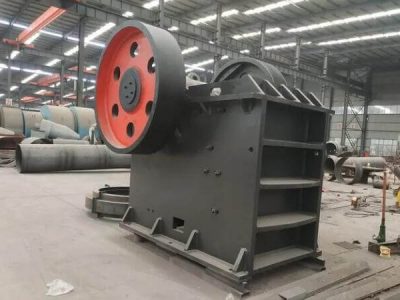
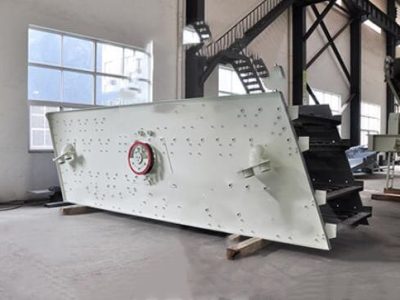
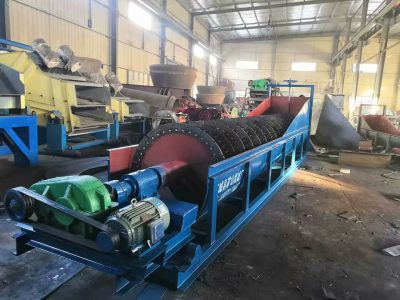
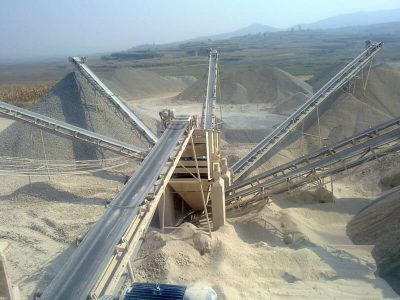
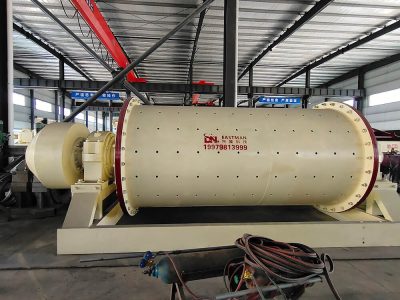
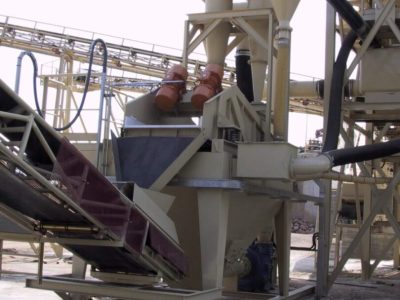
Cobalt Ore Flotation Process
As the main method of recovering cobalt, flotation technology is generally used to separate cobalt and other metal sulfides. However, the specific method of flotation or suppression of cobalt depends on the other valuable minerals and gangue minerals contained in the cobalt mineral difference in floatability.
For example, copper and cobalt ores can generally be mined by two methods: priority flotation and mixed flotation. The priority flotation method is to select copper first and then cobalt to obtain copper concentrate and cobalt concentrate; mixed flotation is to remove copper simultaneously. and cobalt mixed concentrate, and then use special flotation reagents to separate copper and cobalt to obtain copper concentrate and cobalt concentrate. The flotation process generally consists of one rough selection, two sweeps, and two selection processes.
The copper and cobalt ore beneficiation equipment used in this stage is mainly XCF type flotation machine, KYF type flotation machine, SF type flotation machine, JJF type flotation machine, BF type flotation machine, chemical stirring tank, and ordinary stirring tank, etc.
- XCF/KYF type: The XCF flotation machine is used as a straight chute, and the KYF type flotation machine is used as a slurry suction tank. They are mostly used for roughing and sweeping operations in cobalt ore beneficiation.
- JJF type/SF type: SF type flotation machine is used as a suction tank, and JJF type flotation machine is used as a straight chute. They are generally used for sweeping and beneficiation operations in medium and large cobalt ore concentrators.
- BF type flotation machine:In cobalt ore beneficiation plants, it can be combined with other flotation machines to form several groups, and is mostly suitable for coarse-grained cobalt ore beneficiation.
- Stirring tank: The high-efficiency mixing tank is used to mix chemicals and slurry. However, if mixed chemicals are used, the different chemicals need to be fully mixed with the chemical mixing tank first.
Environmental Protection and Recycling
During the mining process, measures need to be taken to protect the surrounding environment and reduce ecological impacts. At the same time, recycling and utilization of waste and tailings can be considered to reduce resource waste and environmental pollution.
Supervision and Management
During the mining process, it is necessary to strictly abide by relevant laws and regulations, and conduct environmental monitoring and safety management. Regulators and mining companies need to work closely together to ensure that mining activities comply with the principles of sustainable development.
